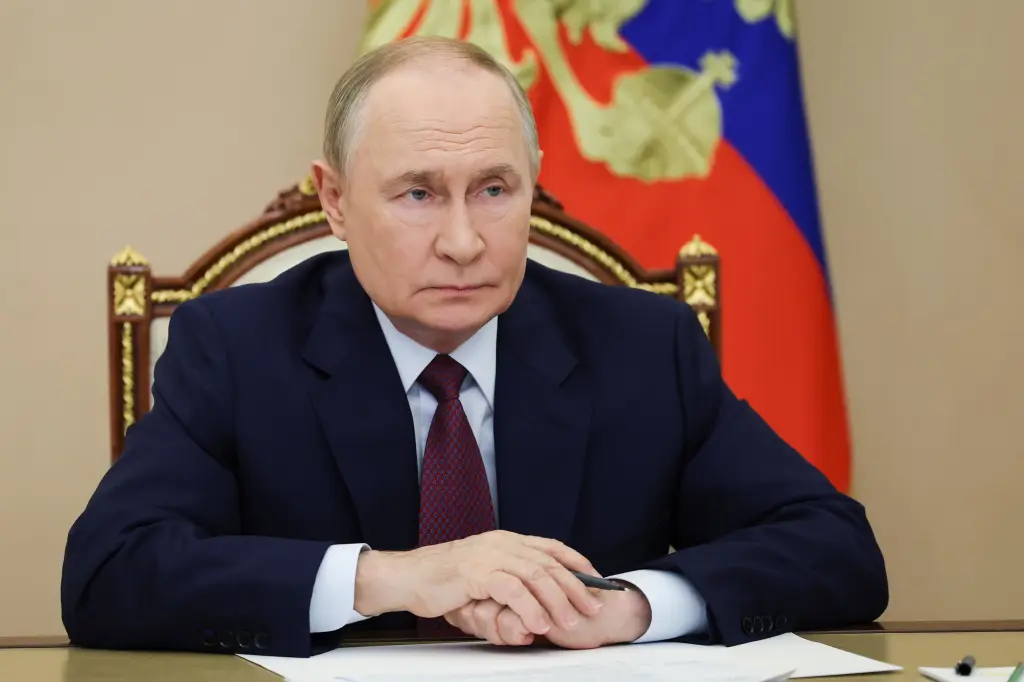
To place an obituary, please include the information from the obituary checklist below in an email to obits@pioneerpress.com. There is no option to place them through our website. Feel free to contact our obituary desk at 651-228-5263 with any questions.
General Information:
Your full name,
Address (City, State, Zip Code),
Phone number,
And an alternate phone number (if any)
Obituary Specification:
Name of Deceased,
Obituary Text,
A photo in a JPEG or PDF file is preferable, TIF and other files are accepted, we will contact you if there are any issues with the photo.
Ad Run dates
There is a discount for running more than one day, but this must be scheduled on the first run date to apply.
If a photo is used, it must be used for both days for the discount to apply, contact us for more information.
Policies:
Verification of Death:
In order to publish obituaries a name and phone number of funeral home/cremation society is required. We must contact the funeral home/cremation society handling the arrangements during their business hours to verify the death. If the body of the deceased has been donated to the University of Minnesota Anatomy Bequest Program, or a similar program, their phone number is required for verification.
Please allow enough time to contact them especially during their limited weekend hours.
A death certificate is also acceptable for this purpose but only one of these two options are necessary.
Guestbook and Outside Websites:
We are not allowed to reference other media sources with a guestbook or an obituary placed elsewhere when placing an obituary in print and online. We may place a website for a funeral home or a family email for contact instead; contact us with any questions regarding this matter.
Obituary Process:
Once your submission is completed, we will fax or email a proof for review prior to publication in the newspaper. This proof includes price and days the notice is scheduled to appear.
Please review the proof carefully. We must be notified of errors or changes before the notice appears in the Pioneer Press based on each day’s deadlines.
After publication, we will not be responsible for errors that may occur after final proofing.
Online:
Changes to an online obituary can be handled through the obituary desk. Call us with further questions.
Payment Procedure:
Pre-payment is required for all obituary notices prior to publication by the deadline specified below in our deadline schedule. Please call 651-228-5263 with your payment information after you have received the proof and approved its contents.
Credit Card: Payment accepted by phone only due to PCI (Payment Card Industry) regulations
EFT: Check by phone. Please provide your routing number and account number.
Cash: Accepted at our FRONT COUNTER Monday – Friday from 8:00AM – 3:30PM
Rates:
The minimum charge is $162 for the first 10 lines.
Every line after the first 10 is $12.20.
If the ad is under 10 lines it will be charged the minimum rate of $162.
On a second run date, the lines are $8.20 per line, starting w/ the first line.
For example: if first run date was 20 lines the cost would be $164.
Each photo published is $125 per day.
For example: 2 photos in the paper on 2 days would be 4 photo charges at $500.
Deadlines:
Please follow deadline times to ensure your obituary is published on the day requested.
Hours
Deadline (no exceptions)
Ad
Photos
MEMORIAM (NON-OBITUARY) REQUEST
Unlike an obituary, Memoriam submissions are remembrances of a loved one who has passed. The rates for a memoriam differ from obituaries.
Please call or email us for more memoriam information
Please call 651-228-5280 for more information.
HOURS: Monday – Friday 8:00AM – 5:00PM (CLOSED WEEKENDS and HOLIDAYS)
Please submit your memoriam ad to memoriams@pioneerpress.com or call 651-228-5280.
The sheer volume of headlines tells its own tale. Russian drones over Poland and Romania. Russian fighter jets in Estonian airspace. Russian aircraft buzzing a German naval frigate in the Baltic Sea. Unidentified drones over Copenhagen and Oslo airports. Most recently, in the early hours one day last week, further drones appearing at other Danish airports.
In just over a fortnight, European states have reported a striking spate of incursions into their airspace. Russia has repeatedly denied responsibility, and questions remain over individual events: so far, Denmark has said only that a “professional actor” was at work in the airport incidents and that it can’t rule out Russia. But overall, there is a pattern that fits clearly into Moscow’s longer record of provocations and often implausible deniability – and which amounts to a notable escalation.
Such operations may distract from Russia’s slow progress on the battlefield in Ukraine. More obviously, they look like a test of both military responses and political will. On the first count, there is work to be done, judging from the reaction to the 19 drones in Polish airspace. On the second, Russia is testing whether Europe will hold its nerve in supporting Ukraine – and perhaps others in the future – when faced with nuisance or worse. Drones come cheap, yet forced Denmark to suspend flights from its largest airport for four hours, and Poland to spend millions scrambling jets.
Most obviously, these incursions are also testing U.S. intentions. Donald Trump suggested last week that Ukraine could win back its lost territory and that NATO countries should shoot down Russian aircraft entering their airspace. Yet that looks less like a reorientation of U.S. policy than, in the words of one NATO official, “his hot take of the hour.” It is surely no coincidence that these events followed the red-carpet welcome that Mr Trump awarded Vladimir Putin in Alaska. An emboldened Russia is confident that the U.S. intends to further disengage from European security, rather than to bolster support.
NATO members met last week at Estonia’s request, but there are marked differences between their positions as well as shared alarm. Though shooting down a Russian plane would not be unprecedented – Turkey did it in 2015 – there is a division between those who believe it would deter Moscow and those who fear it would escalate the dangers.
These incursions should not treated as a narrowly military affair, but seen within Russia’s multi-domain strategy. The broader picture of security risks covers civilian infrastructure, too, and may involve non-state agents either enlisted or enabled by Moscow. Incidents may be less attention-grabbing yet potentially more significant.
The past year has seen repeated damage to undersea communications cables in the Baltic Sea, with suspicion of Moscow’s involvement. Norway’s spy chief said recently that Russian hackers had taken control of a dam this spring, releasing water for four hours before their interference was noticed. Ken McCallum, head of MI5, warned last October that Russia’s military intelligence agency, the GRU, was “on a sustained mission to generate mayhem on British and European streets: we’ve seen arson, sabotage and more”. He stressed that businesses, as well as the state, must address their vulnerabilities. The difficulties of establishing a unified response to the last fortnight’s events are a reminder that a comprehensive and coherent response to these broader issues will be essential, and even more challenging.
— The Guardian



